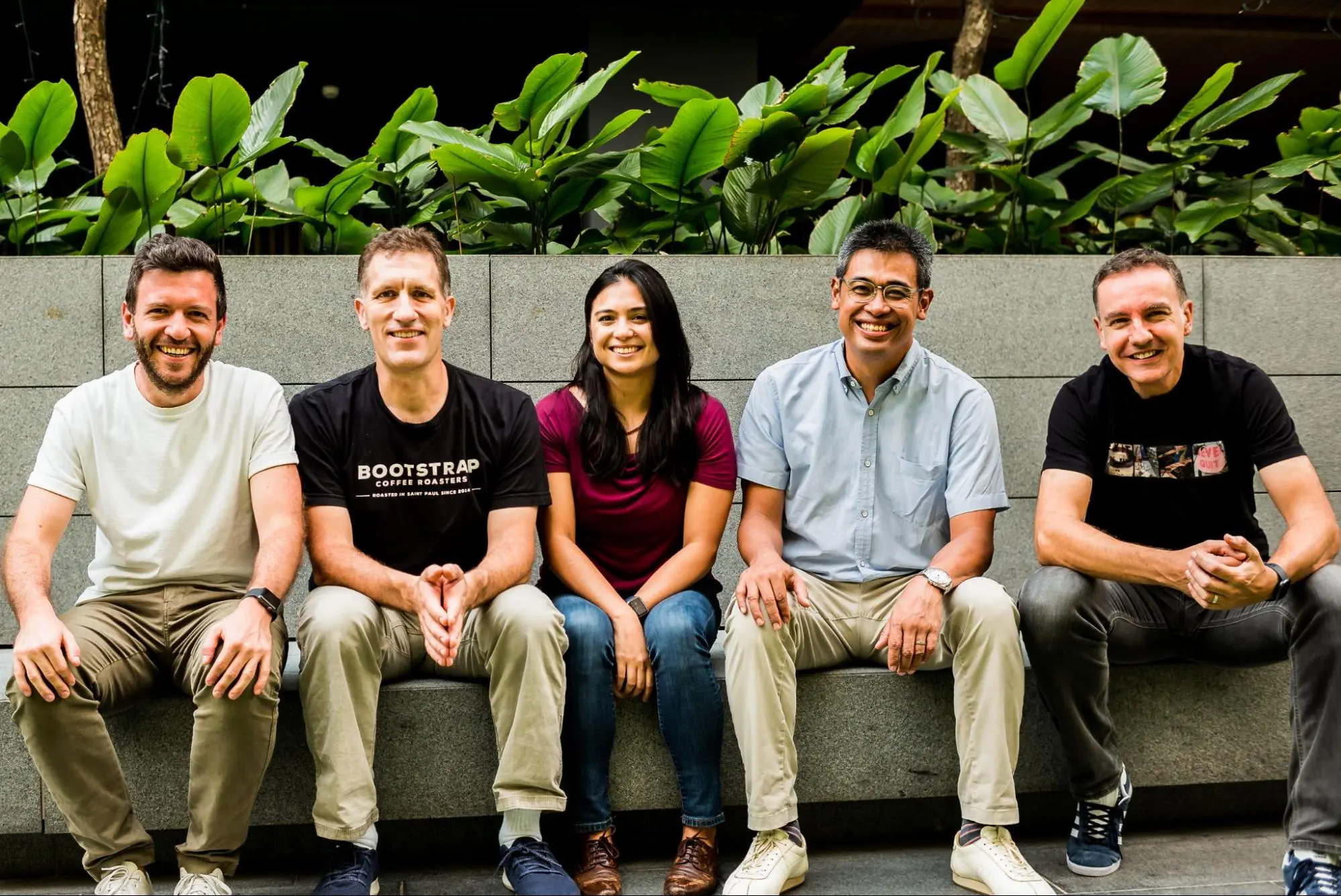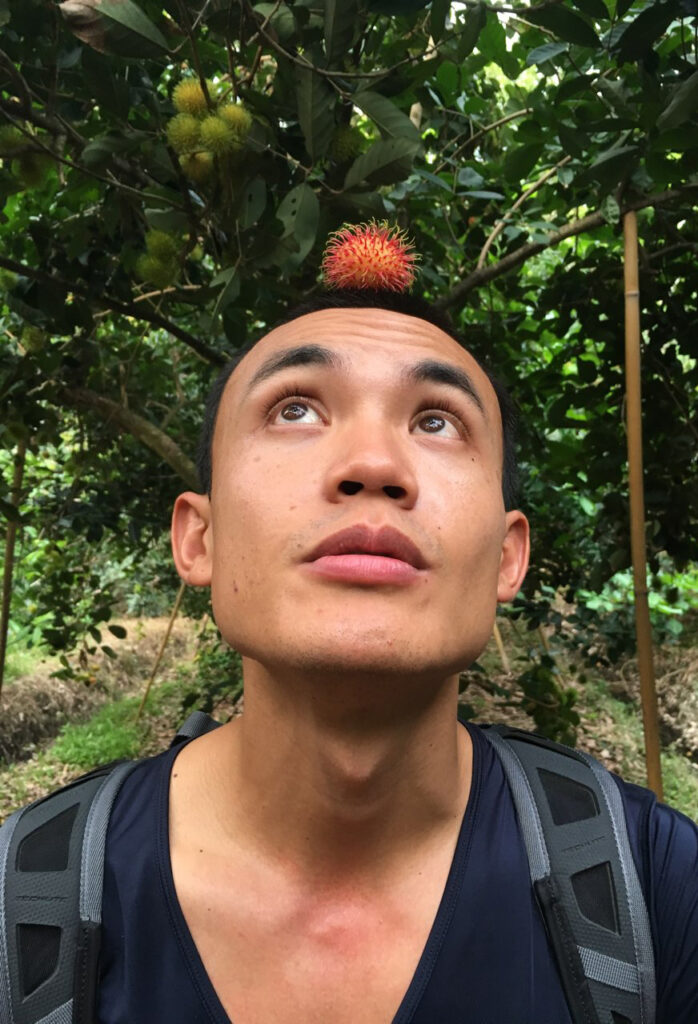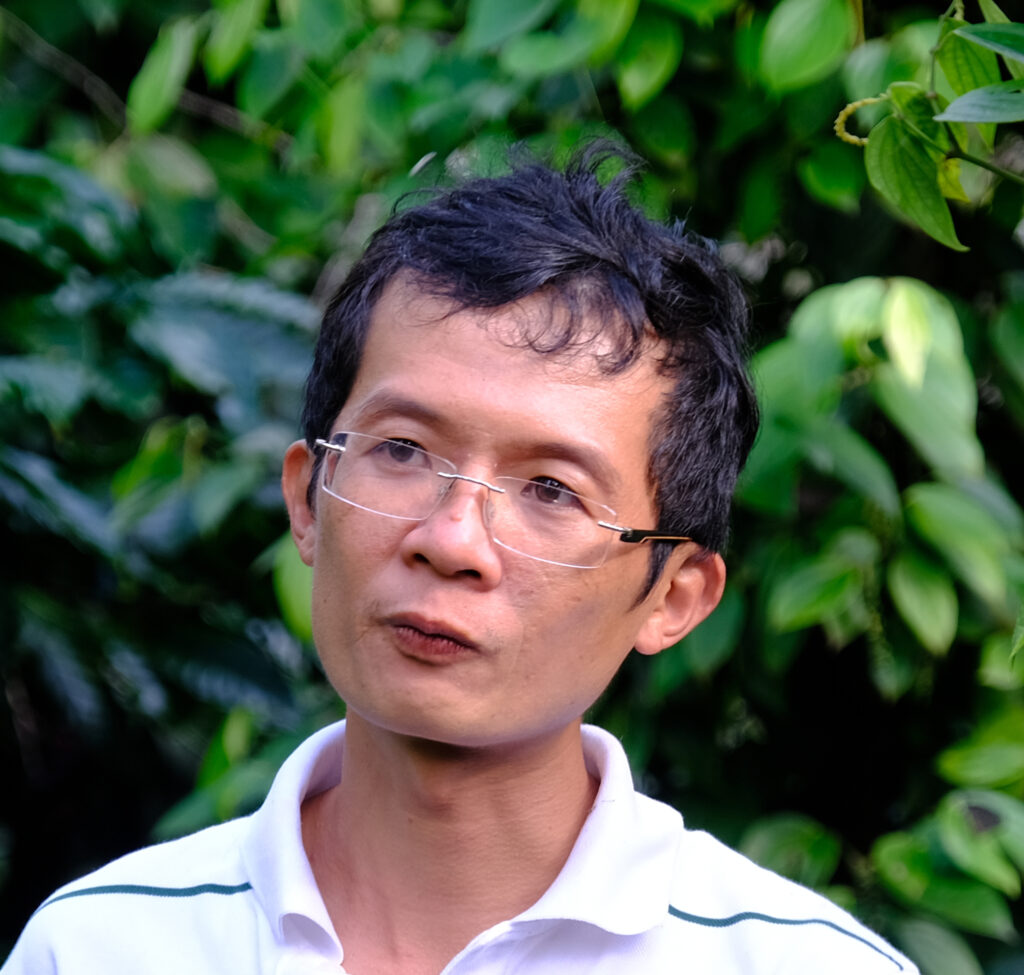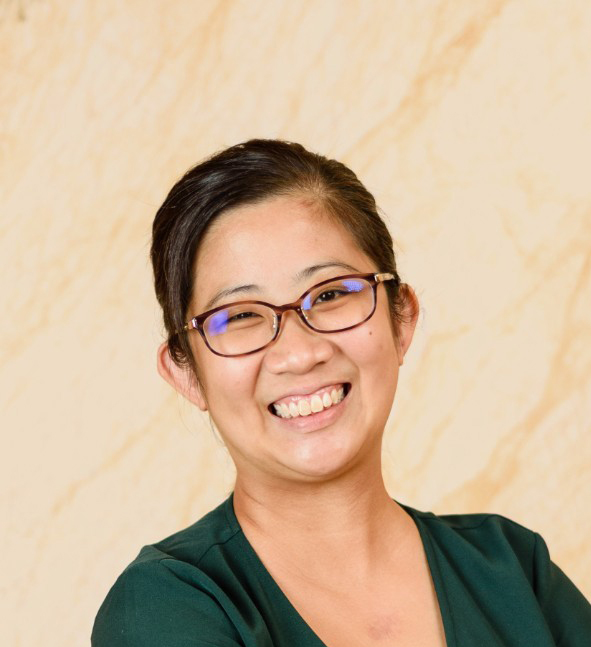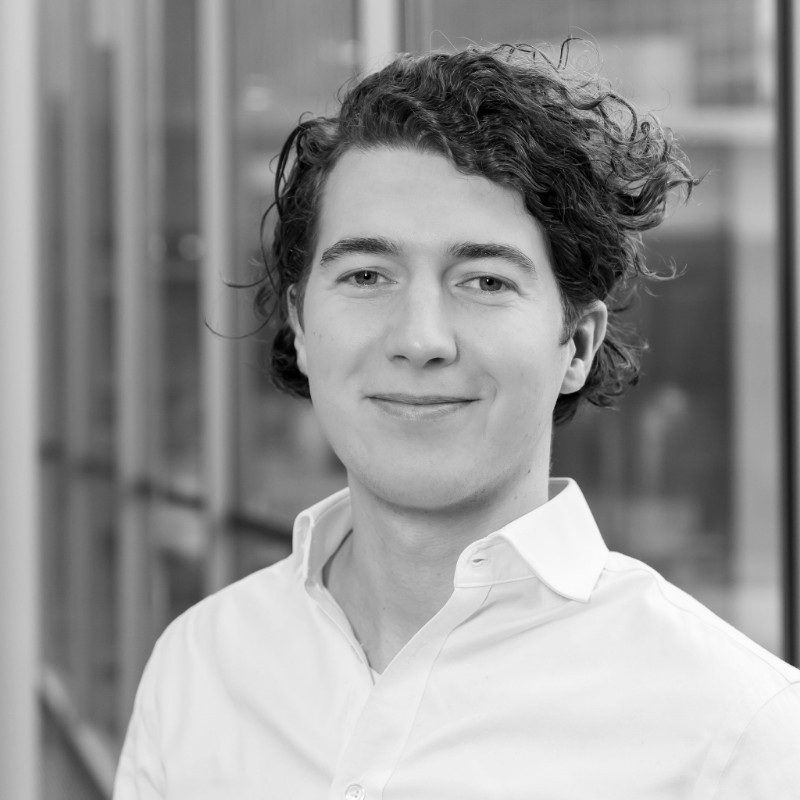Our Story
our vision
To speed up our transition to a regenerative future.

How it began
Around 2018, my wife and I got more spiritual and felt it was time to be closer to Nature.
We watched the usual documentaries on farming, read about soil and permaculture, spent time at farm stays and took a training in biodynamics. We later purchased a small coffee farm, with the goal of turning it into a food-producing forest and making a humble contribution to regenerating land.
But work kept both my wife and I away from the farm.
By mid 2022, with 2 successful companies under my belt and 2 exits, I started to think about the next best move.
Should I now start a 3rd company or resume our food forest dream?
Following Omens
I took a break to think about things. I read through an endless pile of books, traveled and kept an open phone line to the unconscious.
Reading “How the world really works” (Vaclav Smil) and “How to avoid a Climate Disaster” (Bill Gates) really opened my eyes on climate change. I had been sleep walking, building companies in the world of bits, only to wake up and see the real world of atoms burning.
In the midst of depression, serendipity called.
Climate Venture Builder Wavemaker Impact reached out and presented a novel approach to building decarbonization ventures that could turn a profit. I had never heard of such a thing and was intrigued. Wasn’t planting trees for NGOs?
The intrigue turned into interest after I got to know the team and partners. Every single person I met was mission-aligned and passionate about curbing global warming. I eventually joined their Venture Building program.
The premise: to build a for-profit AgriTech venture that could replenish soils. That felt like the perfect alignment of capitalism, impact and spirituality for me.
Persisting
The initial enthusiasm was quickly crushed by a crude reality.
The economic incentives of the current agrifood supply chain were totally at odds with what needed to be done to regenerate soils, let alone curb global warming.
We tried at least 10 different business models, none of which worked. After 3 months, we arrived at a dead end, exhausted. Soil health was everyone’s problem, but no one’s business. Maybe planting trees was for NGOs after all.
Thankfully, this wasn’t our first rodeo. Entrepreneurs know this: transformations happen at the edge, and we can only get there if we keep moving forward. Like Admiral Willian McRaven said, “Don’t ring the bell”.
So we stayed foolish and kept moving. We combed through our 200+ stakeholder interviews again in hope to connect the dots in a new way. We went back into the fields and kept engaging with farmers.
Until we hit a breakthrough.
Breaking through
The insight was deceptively simple: we need to make regenerative farming more profitable than conventional farming.
For when that happens, a virtuous cycle naturally begins: regenerative farmers will be economically incentivized to keep regenerating soils.
That insight was there all along, right from the start. Just like Santiago experienced it in the Alchemist, we needed to go through the “process” to see it in the proper light. Once we did, I had the confidence we could do this.
So, how can we make Regenerative Agriculture profitable for farmers?
The RegenX Flywheel
RegenX provides working capital financing to Farm Producer Organizations (FPOs) to expand their business and transition smallholder farmers to regenerative agriculture.
In every agrifood supply chain, pockets of smallholder farmers and FPOs are already moving towards regenerative agriculture. What they are lacking is the capital to keep going.
Rather than financing the regenerative transition itself (subsidizing saplings, fertilizers, etc.), we provide FPOs with the capital they need to grow their business while implementing a regenerative path: reducing chemical inputs, providing compost from on-farm waste to farmers and purchasing ingredients from intercropping and agroforestry farmers.
On-farm data monitoring coupled with third-party verification ensure that regenerative transitions take place and reduce the carbon footprint of each smallholder farmer – and by extension, each FPO.
If we execute well, we will be able to transition 6 million ha in Southeast Asia to regenerative agriculture. This means improving farmers’ livelihoods and resilience to climate change, creating better habitats for biodiversity, and using less water per hectare being farmed.
By adding more biomass above and below ground thanks to integropping and agroforestry, we aim at sequestering 100 Mega Ton of CO2e per year – a humble 5% of the 2 Giga Ton annual reduction in CO2e required globally to keep global warming well below 2 degrees C (*).
With the blessing of mission-aligned investors and the Universe conspiring to help us, RegenX is accelerating our transition to a world where being a good steward of Nature is actually financially rewarded.
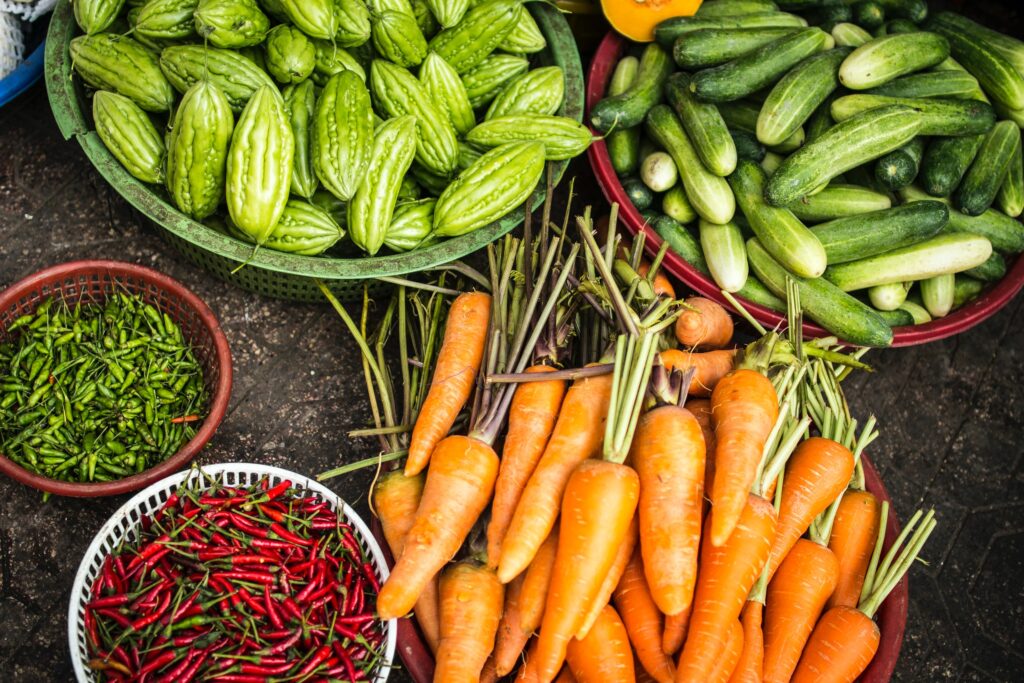
Resilient income

Resilient livelihood

Resilient planet
our mission
To make Regenerative Agriculture
profitable for farmers, buyers and partners.

Backed by mission-aligned investors
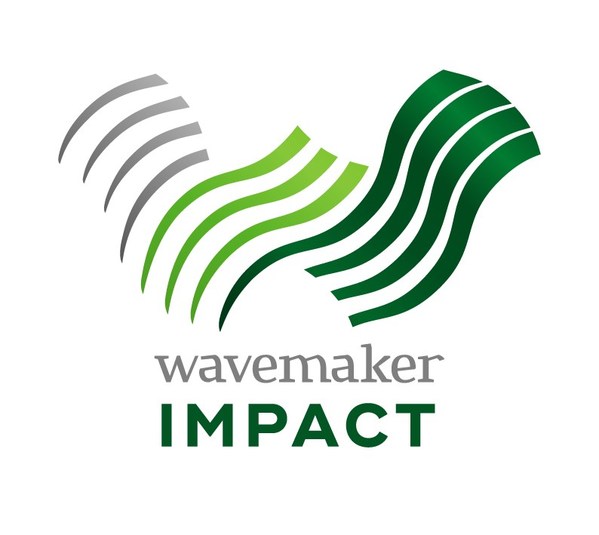
Wavemaker Impact is the first VC climate-tech venture builder in SouthEast Asia, with the ambition to reduce 10% of global carbon emissions.
